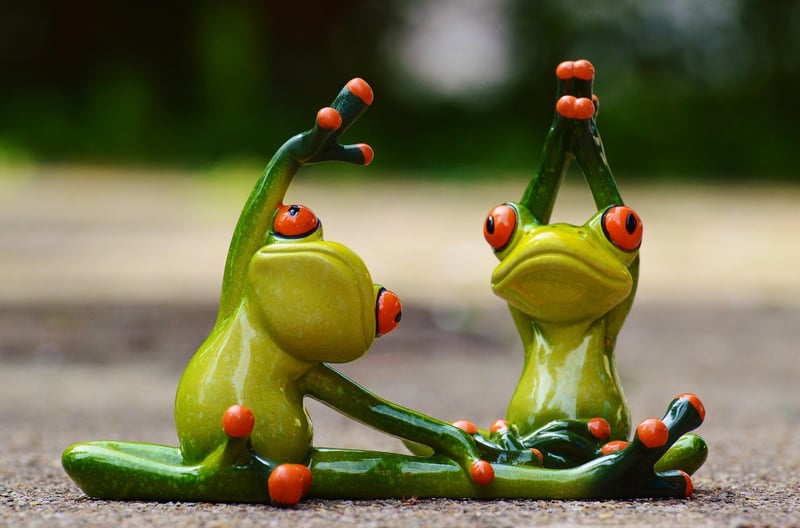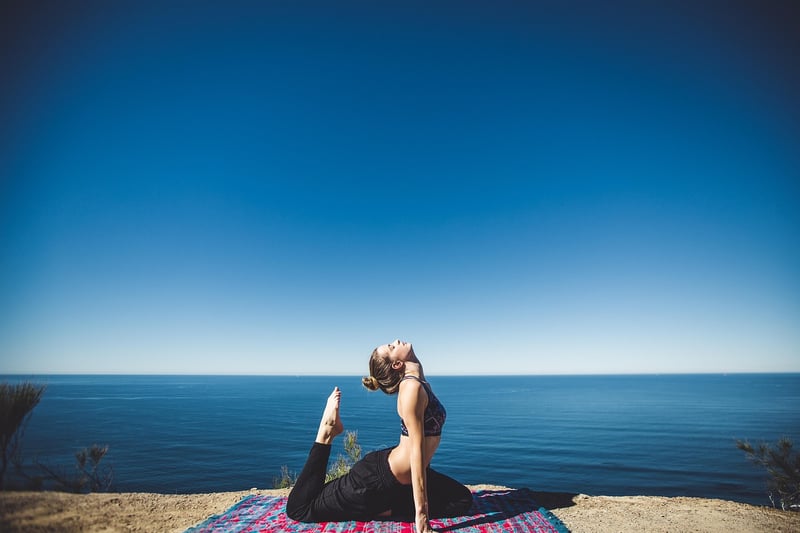Static Stretching
Enhance Your Flexibility and Mobility with Static Stretching

Flexibility and mobility are crucial components of overall physical fitness. Whether you're an athlete looking to improve performance, a fitness enthusiast aiming to prevent injuries, or simply someone wanting to move more freely, incorporating static stretching into your routine can help you achieve your goals.
What is Static Stretching?
Static stretching involves lengthening a muscle to the point of mild discomfort and holding that position for a set amount of time, typically 15-30 seconds. This type of stretching helps improve flexibility by elongating the muscle and increasing its range of motion.
Benefits of Static Stretching:
- Improved flexibility and range of motion
- Enhanced muscle relaxation
- Reduced risk of injury
- Improved posture
- Enhanced athletic performance
How to Incorporate Static Stretching into Your Routine:
- Warm up your body with light aerobic activity before stretching.
- Target major muscle groups such as hamstrings, quadriceps, calves, shoulders, and back.
- Hold each stretch for 15-30 seconds, breathing deeply and avoiding bouncing.
- Repeat each stretch 2-3 times.
- Include static stretching in your cool-down routine after exercising.
Examples of Static Stretches:
Here are some common static stretches you can incorporate into your routine:
- Hamstring Stretch: Sit on the floor with one leg extended and the other bent. Reach towards your toes while keeping your back straight.
- Quadriceps Stretch: Stand on one leg, bend the other knee, and pull your foot towards your glutes.
- Shoulder Stretch: Bring one arm across your body and use the other arm to gently press it towards you.
By including static stretching in your fitness regimen, you can experience the benefits of improved flexibility, enhanced mobility, and reduced risk of injuries. Remember to listen to your body, stretch regularly, and enjoy the positive impact it has on your overall well-being.
Stay flexible, stay mobile!
